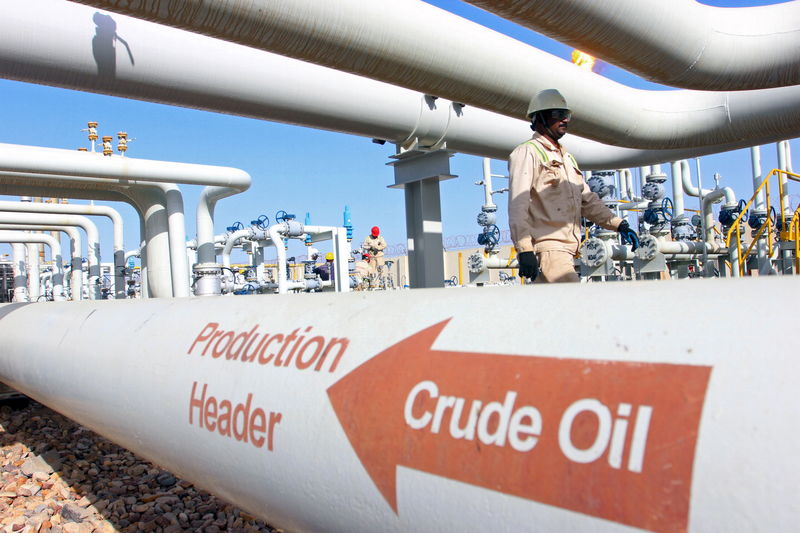Oil Prices Mixed as Markets Weigh Supply Cuts, Weakening Demand
2022.10.10 22:31
[ad_1]

© Reuters.
By Ambar Warrick
Investing.com– Oil prices saw choppy trade on Tuesday as markets weighed potentially weaker demand against supply disruptions from the Russia-Ukraine conflict and OPEC production cuts.
London-traded , the global benchmark, was flat at $96.19 a barrel, while fell 0.1% to $91.06 a barrel by 22:08 ET (02:08 GMT).
Both contracts slumped around 2% on Monday, after hawkish comments from drove up concerns over a potential economic slowdown stemming from rising interest rates, which could dent crude demand.
Fears of slowing demand in China also weighed, as the country reported fresh COVID outbreaks that could result in more lockdown measures. China is the world’s largest crude importer, and has seen a severe drop in demand due to COVID-related restrictions this year.
Chinese due on Friday is expected to provide further cues on crude demand.
But in an upside signal for crude prices, markets positioned for more Russian supply disruptions due to an escalation in the Ukraine war.
Russia on Monday launched one of its , in apparent retaliation for the destruction of a major bridge connecting Russia and Crimea. The move saw Ukraine vow to strengthen its armed forces, marking a potential escalation in the long-running conflict.
Ukraine was also forced to halt electricity exports to Europe, a move that could potentially increase crude demand in the bloc.
Oil prices rose sharply last week after the voted to cut crude production by 2 million barrels per day (bpd)- its biggest cut since the 2020 COVID pandemic.
The move was largely to stabilize crude prices, with the cartel having recently signaled that it was not comfortable letting oil prices drop below the $90 mark.
But the cut drew criticism from the U.S. government, which is trying to bring down gasoline prices ahead of the November midterm elections.
Washington also threatened to over the Ukraine conflict, given that higher oil prices benefit Russia.
Crude prices saw increased volatility in the past two months as markets were caught between mixed demand and supply signals. But analysts expect prices to increase in the coming months, driven largely by supply cuts and steadying demand in major importers.
[ad_2]
Source link








